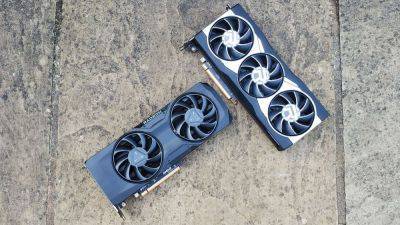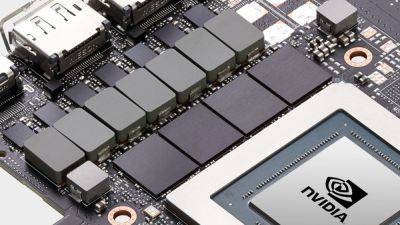Researchers have developed a type of flash memory storage that can withstand temperatures higher than the surface of Venus
Modern SSDs are an engineering wonder. They're extremely fast and very reliable, despite being housed next to massive heat-belching graphics cards in gaming PCs. But like all silicon-based chips, they have limits to how hot they can run before losing data or failing completely. However, two teams of researchers have developed a type of flash memory that's capable of retaining data at temperatures that make an afternoon on Venus look cold in comparison.
The details of the work were published in the Nature journal (via Interesting Engineering), though the University of Pennsylvania nicely summarised the findings for those without a background in doctorate-level material science. Two research teams in the School of Engineering & Applied Science, headed by Deep Jariwala and Roy Olsson, dedicated months of work to finding the perfect thickness of ferroelectric aluminum scandium nitride (AlScN), to use as a base material for a flash memory device.
Everyday flash memory, such as that found in USB memory sticks, SD cards, and SSDs, uses silicon, of course, and it's pushed to levels that would be unthinkable just a decade ago. The best gaming SSDs hold multiple terabytes of data and can transfer thousands of megabytes in a second. They also last for years, thanks to write endurance levels in the petabyte region.
However, they do have one significant failing—they're not very good at dealing with high temperatures. Once above a certain temperature, silicon-based flash cells struggle to retain data and even the very best of them (used in the space industry, for example) fail at 200 degrees Celsius (392 degrees Fahrenheit).
So when Jariwala and Olsson's teams created a flash memory using AlScN that can withstand up to 600 degrees Celsius (1,112 degrees Fahrenheit), you know they had something special on their hands. Not that it was easy to get it right, mind, as the thickness of the AlScN layer had to be just right.
“If it’s too thin, the increased activity can drive diffusion







